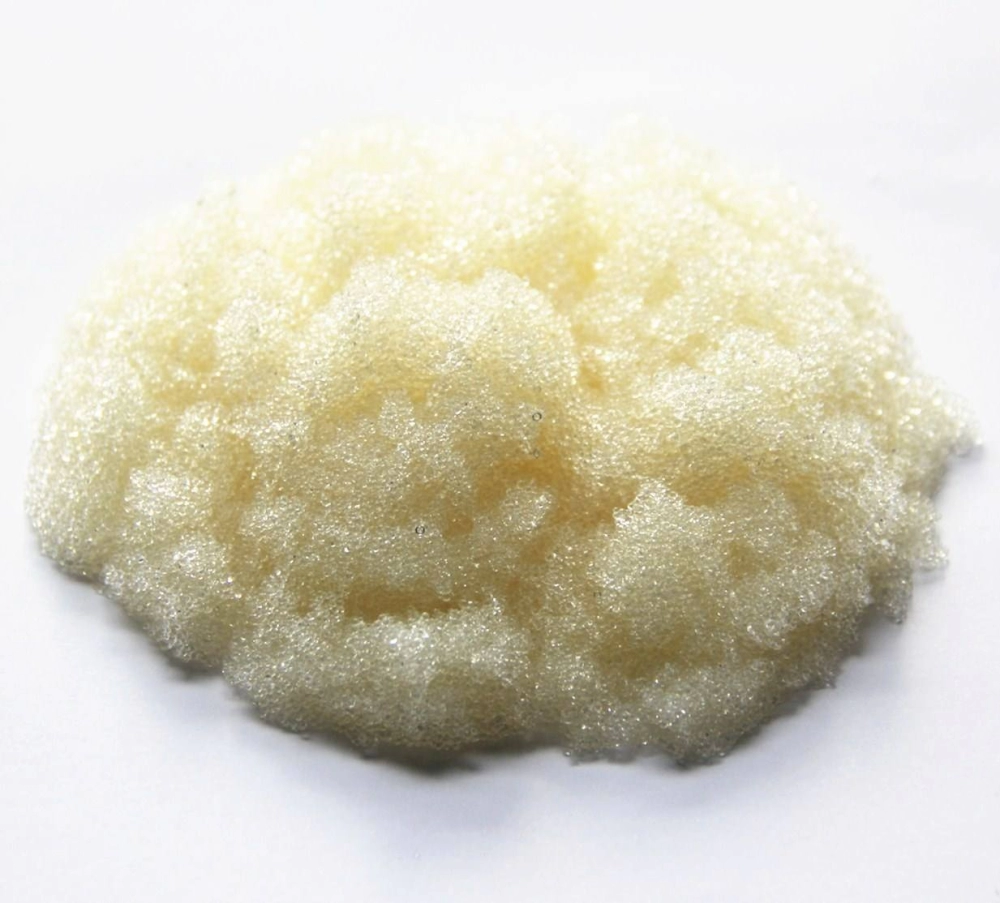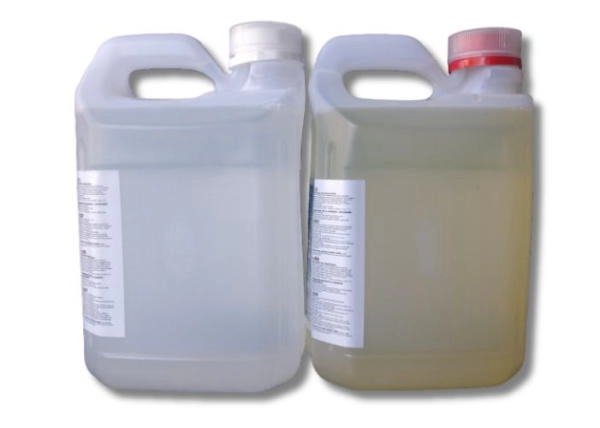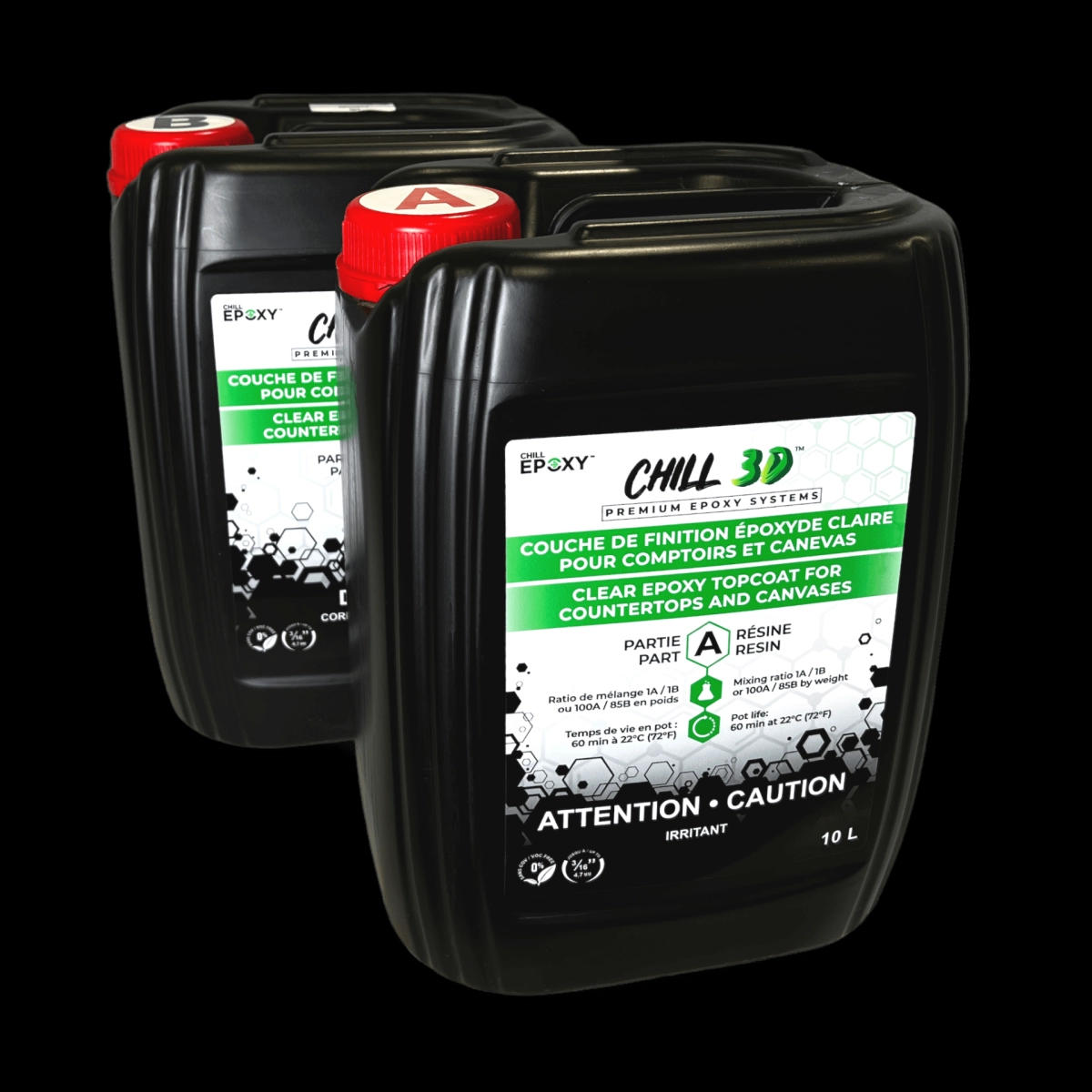Does Resin Expire The Short Answer
If you’re wondering does resin expire, the short and straightforward answer is yes. Like many chemical products, resins—including epoxy resin, polyurethane resin, and 3D printing resin—have a limited shelf life. Over time, exposure to air, heat, and light can cause the resin to degrade, impacting its quality and performance.
Overview of Resin Shelf Life
Resin is a complex chemical mixture that cures through a reaction when mixed with a hardener or exposed to certain conditions. This reaction depends heavily on the integrity of the resin’s components, which can worsen as resin ages. Expired resin may not cure properly, leading to weaker or unusable final products.
The resin shelf life can vary depending on its type, formulation, and storage conditions. Most manufacturers, including Blissam, provide a recommended shelf life on the packaging or product information sheet. Understanding these timelines helps prevent the frustration and waste that come with using resin past its prime.
General Shelf Life of Resin Types
- Epoxy resin shelf life generally ranges from 6 months to 2 years unopened. Proper storage is crucial for maximizing longevity.
- Polyurethane resin shelf life can be shorter, often around 6 to 12 months, as it’s more sensitive to moisture and temperature fluctuations.
- 3D printing resin expiration varies based on the formulation but typically lasts 1 to 2 years if unopened and stored correctly.
Remember that these are general guidelines. Once opened, the resin’s shelf life can decrease significantly depending on exposure to air and contaminants.
Key Factors Affecting Resin Expiration
Several critical factors influence how long resin lasts before it expires:
- Storage temperature: Resin should be stored in a cool, stable environment. High temperatures speed up chemical breakdown.
- Exposure to light: UV light can prematurely cure or break down resin. Always store resin in opaque or dark containers away from sunlight.
- Air exposure: Oxygen can lead to oxidation, which changes the resin’s chemical structure and lowers its effectiveness.
- Humidity: Moisture can interfere especially with polyurethane and some epoxy resins, causing cloudiness or premature curing.
At Blissam, we emphasize these factors to help you get the best performance from every batch of resin you use. Storing your resin properly from day one is the best investment you can make in your project’s success.
By understanding the shelf life and key factors affecting resin expiration, you’re better equipped to manage your materials and avoid using expired resin that could compromise your work. Stay tuned as we explore how to spot expired resin and what to do with it safely.
How to Tell If Your Resin Has Expired Signs and Performance Issues
Knowing when your resin has expired is crucial to avoid poor results and wasted materials. Here’s how you can spot expired resin by checking visual signs, physical changes, odor, and performance issues.
Visual Signs of Expired Resin
- Discoloration or yellowing: Over time, many resins, especially epoxy resin, tend to develop a yellow tint. This is a common indicator of age or exposure to heat and light.
- Cloudiness or haziness: Resin that was once clear may become cloudy or murky as it ages. This affects the final look of your project.
- Crystallization and sediment: Polyurethane and 3D printing resins sometimes crystallize or form solid particles when expired. This shows resin components are breaking down or separating.
Physical Changes That Indicate Expired Resin
- Thickening or hardening: Resin that’s noticeably thicker or harder to mix than usual has likely started to degrade.
- Separation that won’t remix: Some separation is normal, but if shaking or stirring doesn’t bring the resin back to a uniform state, it’s a bad sign.
- Bubbles or uneven texture when mixed: Expired resin may trap air or feel gritty, which harms the cured finish.
Odor as an Expiration Clue
- Strong or off smells: Fresh resin typically has a mild chemical smell. If your resin smells sour, sharp, or unusually strong, it might be breaking down.
Performance Issues to Watch For
- Longer curing time or incomplete curing: Expired resin often takes more time to harden or may remain tacky.
- Brittle or weak final product: Resin that cures but feels fragile or cracks easily suggests material degradation.
- Poor adhesion or bubbling after curing: Signs that the resin didn’t properly react or bond, often because it’s expired.
By keeping an eye on these signs, you can avoid the frustrations of working with expired resin and ensure your projects turn out as expected. If you notice one or more of these indicators, it’s a good idea to test a small batch before committing to a full pour.
Can You Use Expired Resin Testing Usability Risks of Using Expired Resin Blissam’s Advice
Using expired resin is a common question, especially for businesses and hobbyists wanting to avoid waste. So, can you use resin past its shelf life?
Testing Usability of Expired Resin
Before you toss it out, try a quick usability test:
- Mix a small batch following the usual ratio and application method.
- Check for proper curing time: If it takes much longer or doesn’t fully harden, that’s a bad sign.
- Look for texture issues: Sticky, overly thick, or clumpy resin means it’s probably expired.
- Observe yellowing or cloudiness after curing — these indicate the resin’s chemical structure might be breaking down.
A small test keeps waste down and saves money but remember that expired resin rarely performs like fresh resin.
Risks of Using Expired Resin
Using resin beyond its shelf life comes with significant risks:
- Poor adhesion and strength: Expired resin often loses its bonding power, leading to weak end products.
- Inconsistent curing: You might get tacky or soft spots that never fully set.
- Discoloration: A yellow or cloudy finish can ruin your project’s look.
- Health and safety hazards: Degraded resin can emit stronger odors or release irritants.
Skipping expiration dates may cost more in cleanup, time, and wasted materials than the savings from using old stock.
Blissam’s Advice on Expired Resin
At Blissam, we prioritize quality and safety. Our advice is:
- Always aim to use fresh resin within the recommended shelf life for reliable results.
- If you must test expired resin, do so on a small, non-critical project first.
- Store resin properly to prevent premature expiration (cool, dry, sealed).
- When in doubt, contact Blissam’s support for guidance — we’re here to help you maintain quality and safety in your work.
Using expired or poorly stored resin can hurt your product’s quality and your reputation. Trust Blissam for fresh, trusted materials and expert advice.
How to Store Resin to Maximize Shelf Life
Proper storage is key to extending your resin’s shelf life and maintaining its quality. Whether you’re working with epoxy resin, polyurethane resin, or other types, following the right storage practices will keep your materials fresh and ready for use.
Ideal Conditions for Resin Storage
To slow down the resin expiration process, store resin in:
- Cool temperatures (around 60-75°F) – Avoid heat, which speeds up chemical breakdown.
- Dark places – Light, especially UV, can cause yellowing and degrade resin.
- Stable environments – Keep away from humidity and temperature fluctuations that can cause condensation inside containers.
Practical Storage Tips
To get the most out of your resin’s shelf life:
- Keep containers tightly sealed to prevent air exposure.
- Store resin off the floor to avoid temperature swings and moisture.
- Use original containers with proper labeling including opening dates.
- Avoid contamination by using clean tools every time you handle resin.
- Limit exposure to air by pouring out only what you need before resealing.
Blissam’s Storage Solutions
At Blissam, we understand how important resin quality is for your projects. That’s why our packaging is designed to:
- Maintain airtight seals to reduce oxygen and moisture exposure.
- Provide UV-resistant containers that block harmful light.
- Offer clear usage guidelines on labels, helping you track shelf life easily.
We also provide customized advice to help you optimize resin storage based on your specific needs and local conditions in the U.S. This ensures your resin stays stable longer, reducing waste and improving project success.
By following these storage best practices and using high-quality resin from suppliers like Blissam, you can confidently extend the resin shelf life and avoid the risks associated with expired or degraded resin.
How to Dispose of Expired Resin Safely
Environmental Concerns with Expired Resin
Expired resin, especially epoxy and polyurethane types, can pose significant environmental risks if not disposed of properly. Chemicals in resin can release harmful compounds into soil and water, leading to pollution and potential health hazards for both humans and wildlife. Avoid pouring resin down drains, toilets, or pouring it onto the ground as this contaminates water sources and affects ecosystems.
Safe Disposal Methods for Expired Resin
To handle expired resin responsibly, follow these safe disposal tips:
- Check local regulations: Disposal rules vary by state and municipality in the U.S. Confirm your area’s guidelines on chemical waste.
- Use hazardous waste facilities: Many communities have designated drop-off sites for chemical and resin disposal. These centers treat the waste safely.
- Solidify liquid resin: If allowed, cure leftover resin fully by mixing components and letting them harden before disposal to reduce risks.
- Do not mix with regular trash: Resin should never be tossed in everyday garbage because it can contaminate landfill sites.
- Consult professionals: For large quantities of expired resin, consider professional chemical waste disposal services that specialize in industrial and hazardous materials.
Blissam’s Commitment to Safe Resin Disposal
At Blissam, we understand the responsibility that comes with supplying chemical raw materials, including resin. That’s why we emphasize environmentally friendly practices and provide clients with clear guidance on resin disposal. Our team is always ready to assist with information on the safest ways to handle expired resin waste and prevent environmental harm.
By following Blissam’s disposal advice, you help protect nature while maintaining compliance with U.S. safety standards. For more on resin use and sustainable practices, explore our resources on making silicone molds for resin and related topics.
FAQs About Resin Expiration and Shelf Life
Can I Revive Crystallized Resin
Crystallized resin happens when epoxy or polyurethane resin cools too much or sits unused for a long time. The good news? You can usually revive crystallized resin by gently warming it up in a water bath (not boiling) until it goes back to its liquid form. Avoid direct heat or microwaving, which can damage the resin’s chemistry. If warming doesn’t work or the resin shows other signs of degradation, it’s best to replace it.
Does Unopened Resin Last Longer
Yes, unopened resin generally has a longer shelf life compared to opened containers. When sealed, resin is protected from moisture, air, and contaminants that speed up expiration. Depending on the type—epoxy, polyurethane, or silicone resin—unopened resin can last anywhere from 1 to 3 years if stored properly. Always check the manufacturer’s expiration date and store your resin in cool, dry places to maximize shelf life.
Why Does My Resin Smell Bad
A bad or strong odor in resin often means it’s gone off. As resin ages or degrades, chemical changes can produce unpleasant smells. This is especially common with older polyurethane or epoxy resins. If your resin smells sharp, sour, or acrid, it’s a red flag that curing and performance may be compromised. Avoid using resin with a bad odor to prevent poor finishes or safety hazards.
Can I Mix Old and New Resin
Mixing old and new resin is generally not recommended because the old resin may have started breaking down, affecting the chemical balance of the fresh batch. This can lead to slow curing times, tacky finishes, or uneven results. For the best quality, use resin from the same batch or ensure both are well within their shelf life. If you must mix, perform a small test batch to observe curing behavior before committing to a full project.
How Does Blissam Ensure Resin Quality
At Blissam, we take resin quality seriously to support U.S. customers who demand reliability. Our approach includes:
- Strict raw material sourcing: All resin components meet high-grade standards to ensure consistency.
- Advanced manufacturing controls: We monitor processes to prevent contamination and maintain precise formulations.
- Rigorous testing: Every batch undergoes performance, shelf life, and safety tests before release.
- Clear labeling and storage guidance: We provide shelf life information and tips for proper storage to help you keep your resin fresh.
For specialty products like our methyl silicone resin, we offer tailored solutions that balance durability and ease of use. Our commitment ensures you get premium resin with a reliable shelf life suitable for your projects.
For tips on working with resin and related materials, check out our guide on how to sand epoxy resin.


